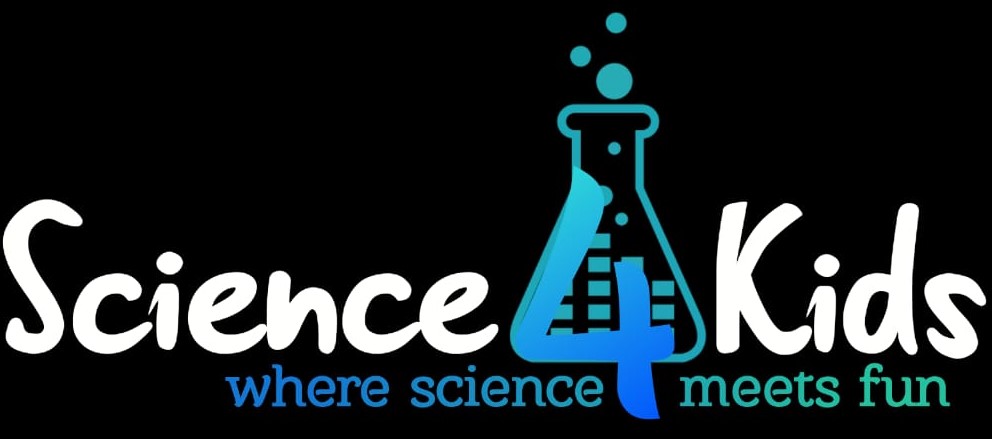Technological advances are beneficial to mankind in many ways, though there are some down sides to it too. Technology has led humans to the outer space and beyond. Get to know about some of the recent developments in the field of technology in our Technology News for Students.
New Antibiotic discovered using AI
In recent years, the number of drug-resistant infections have risen across the world. It is predicted that if the situation continues unchecked, the deaths due to drug resistance may rise up to 10 million by 2050. Scientists have been on the hunt for new and effective methods of developing drugs that can keep pace with the evolutionary changes in the bacterial world.
Scientists at MIT have discovered a new type of antibiotic using artificial intelligence (AI) and machine-learning techniques. These computer algorithms can identify new and more powerful molecules capable of killing bacteria that are resistant to common antibiotics. The algorithm can analyze more than one hundred million chemical compounds in a short time span.
The newly developed antibiotic has been found to fight about 35 types of potentially deadly bacteria. The machine-learning algorithm, inspired by the architecture of the human brain, was trained to analyze the structure of 2,500 drugs and other compounds to find those with the most anti-bacterial qualities to kill E.coli. This new antibiotic named Halicin was discovered by testing the 100 shortlisted candidates. Halicin is predicted to be one of the most powerful antibiotics discovered till date!
The Mummy Talk: After 3000 years
A research team from UK has been able to give voice to the 3000 year old mummy of an Egyptian priest Nesyamun. Using 3D printing techniques, the scientists recreated the vocal tract of the mummy and regenerated his voice in the form of a short burst of sound.
Nesyamun was a priest and scribe who lived at the time of pharaoh Ramses XI, between 1099 BC and 1069 BC. The well preserved mummified body of the priest had retained the relevant soft tissues of the vocal cord reasonably intact. The researchers used CT scans and digital reconstructions to create a model that could be 3D-printed.
Though currently they have been able to reproduce a single syllable that sounds like “beh”, the researchers are hopeful of using the same technology to eventually recreate a that voice speak in words and sentences.




